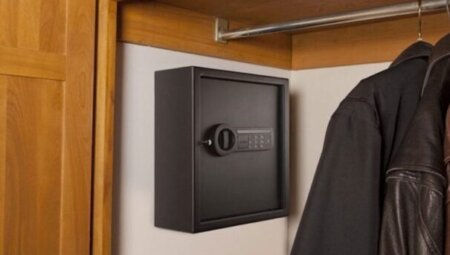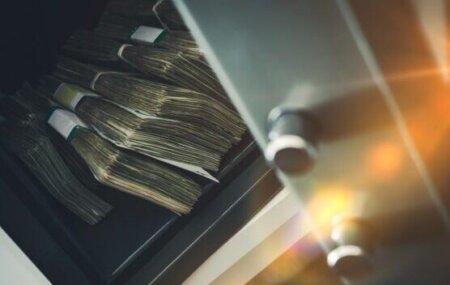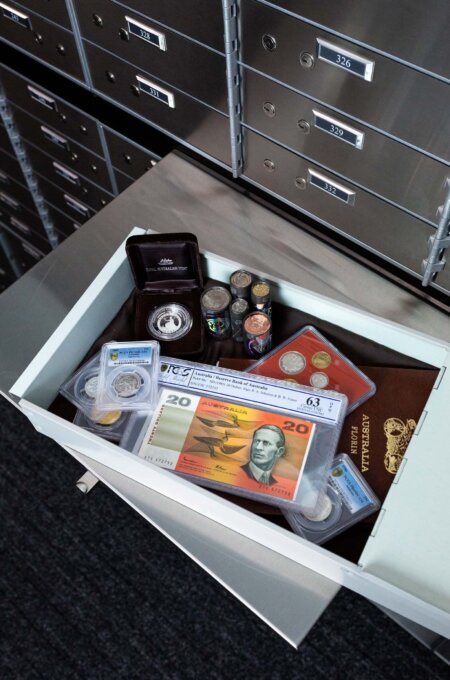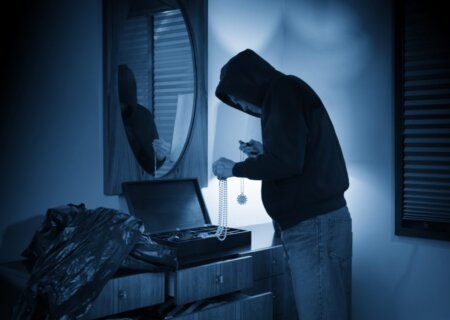What You Should and Shoudn’t Keep
What you should and shouldn’t keep in a fireproof safe
After getting a safe, you might think it’s best to store and secure all valuables inside it. Well, I’m here to tell you that there are other valuables that need to be kept in a much-guarded place than in a fireproof safe. You may be wondering where, well, it’s in a safe-deposit box at a bank.
To help you decide on which valuables to keep in your own safe and in the bank, here’s what the experts have to say.
What you need to store in a fireproof safe

There are mainly two categories of valuables that you should keep in your own fireproof safe: documents you need quickly and those valuables that could burn.
First, make sure you put the documents you mostly use and can be accessed right away. The Identity Theft Resource Center suggests that it is best to store the documents you usually need in a home safe. This is to prevent you from having a hard time settling with business trips, legal matters, and most importantly, emergency medical crises.
So, you might ask, “what kind of documents are they specifically?”. These include items such as Social Security Cards, insurance documents, and a “power of attorney” if you have one.
In addition, the American Academy of State Planning Attorneys recommends that documents such as an original will or trust be kept in your own safe at home. However, make sure that you have shared the combination for the safe with the executor of the will. Why have they recommended this? Because after you die, if you have your will in a safe deposit box at a bank, the bank can legally “seal” the box which means no one can open it not unless a court appoints its own executor.

The second category is for your valuables that are at risk of getting burned. When getting a safe, ensure that they are fire-resistant – you can do this by checking a fire rating on the product’s label. Generally, fire safes have an Underwriter Laboratories or UL certification, which aims to make safer products for consumers.
If it indicates that the safe’s internal temperature can rise no more than 350 degrees F, it’s good for storing paper items. And if it’s at 150 degrees F, it can be used for photographic film and magnetic tape. Then, at 125 degrees F, it’s best for computer storage media.
In addition to what to keep inside a fire safe, Joe Cortie, president of the Safe and Vault Technicians Association stated that you can also store memorable photos and small bucks of cash for emergencies in a fireproof safe.
What you need to store in the bank

To give you an idea of what to take and keep in a bank, make sure these documents are those that can’t be replaced.
Although you might be feeling confident having a safe in your own home, this doesn’t keep the burglars away. In fact, UL has stated that most safes are just small enough for a thief to easily carry and walk away with.
The Pennsylvania Association of Community Bankers has also added that whatever is the size of your safe, it can still be opened. Even large safes bolted to the ground are targets of burglars – they can open a 300-pound safe even with just garage tools, sledgehammers, and crowbars.

These statements of experts are the reasons why you should store irreplaceable items in a safe-deposit box in a bank. The Federal Deposit Insurance Corporation advises you to do this since they are more secure than a home safe.
You can include family keepsakes, birth certificates, photo negatives, car titles, and deeds in your home. Furthermore, it’s best and suggested if you have proof of photos and videos of your home for insurance purposes. And make sure you secure them in the bank.
